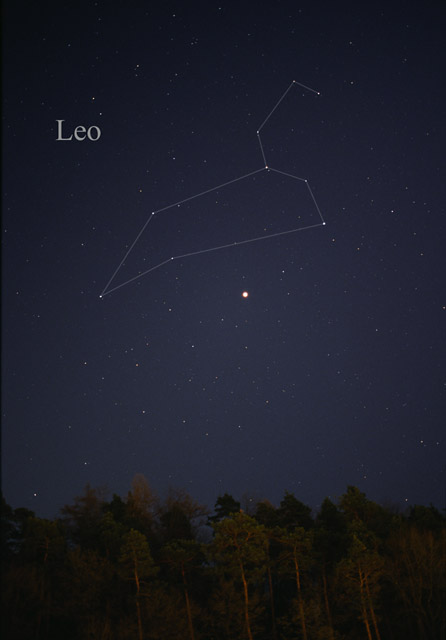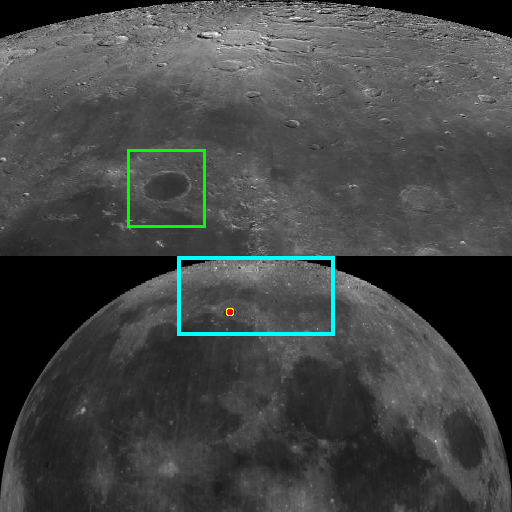Name: Trey Riley
Lab Partner
Name: Bradley Balsters
Baker Lab
Experiment #1: Constellations
Date: February 17, 2016
Abstract
The purpose of this experiment is to study and gain
a better understanding of constellations through astronomical observations with
telescopes and the unaided eye. Constellations, planets, the Moon, and individual
stars are to be observed, while specific data such as azimuth, altitude, and
time of observation is to be recorded. Certain constellations, planets, and
stars are not visible during the winter of the northern hemisphere. Of the
eighty-eight official constellations that are observable, roughly five were
able to be seen. Although I do not know all of the constellations, the app Star
Chart did help specify which constellations I was observing. Each observable
astronomical feature rises and sets, and are best observed at specific times of
day. If a certain astronomical feature is tracked for an hour with altitude,
azimuth, and time recorded, there will be changes in all three subjects.
Introduction
The experiments conducted in this lab are to identify visible
constellations, observe features of the moon, note visible planets, as well observe
the Orion Nebula and the Andromeda Galaxy, and also distinctively bright
starts, including Polaris. This report has six distinctive experiments. The
purpose in doing the first experiment is to be able to identify all the
constellations of the Zodiac, as well as to identify other visible
constellations. In doing so, students are to list down each constellation seen.
Not all constellations are visible during a single night. For instance, the Sun
is currently in the constellation Aquarius, rendering it non visible on Earth.
The
second experiment requires students to find the Moon, and list certain features
about it. By listing the phase, altitude, and azimuth, students are able to
gain a better understanding of the way the Moon moves through the sky with
respect to time. With the unaided eye, certain maria are visible. With the aid
of a telescope, maria and craters are easily visible. This experiment also
exhibits a thought question, asking if the Moon can be covered by the width of
a finger. Since the Moon is relatively close to the Earth, the answer would
seem to be yes, lending to the idea that the angular diameter of the Moon is
equal to the width of your finger.
The
third experiment dictates that students find any visible planets and list the
constellations they are in currently. Some planets were not visible during the
time of the experiment, although our group did find two planets. Jupiter was
rising in the east during our observations, while Uranus was visible in the
south western sky. By doing this, students could see the rise and setting of
planets, as well as note that not all planets are visible during the same time
period.
The
fourth experiment requires students to find the Orion Nebula, as well as the
Andromeda Galaxy. This is only possible with the aid of a telescope. Students
were to note if they were fuzzy, the altitude, azimuth, and time. Since the two
objects are such a distance away, Orion Nebula being 1344 light years away and
Andromeda Galaxy being 2.5 million light years away, the light from these two
objects are not visible with the unaided eye due to the spread of light from
the source. Intensity of a light source from a distance is given as W/m^2 in SI
units. Since the distance is thousands to millions of light years, the
intensity of that source, although very powerful at the origin, is unobservable
from Earth with the unaided eye.
| Andromeda Galaxy false color image. |
The
fifth experiment explains to find the five brightest stars in the sky while listing
their name, altitude, azimuth, as well of the time of observation. This was
done to find different stars that reside in different constellations.The five brightest stars that we listed were: Sirius, Betelgeuse, Capella, Rigel, and Procyon.
| Photo showing three of our five listed stars: Sirius, Betelgeuse, and Procyon |
The
sixth experiment tells to find Polaris and measure the altitude, azimuth, and
compare it to Springfield. Polaris is known as the North Star due to its relative altitude and azimuth to the latitude of a person's position on Earth. Springfield’s latitude is 37.1950̊, and since this
fact is mentioned, it is logical to think that the azimuth of Polaris will be comparable
to Springfield’s latitude. Polaris lies 360̊ north, with an estimated
azimuth of 35̊ above the horizon in Springfield, MO. When measured, Polaris's azimuth was 350̊. With a better tool to measure the altitude of
Polaris, the two values would most likely be much closer.
| Polaris viewed from near North Pole time lapse. |
Procedures
All astronomical observations were made
using a telescope, the unaided eye, a compass, a rough estimation technique for
the azimuth using a fist for 10̊ and a thumb width for 2̊, as well as the app
Star Chart for reference to confirm our observations.
Results
and Discussion
Experiment One
Experiment One
Using StarChart on your phone, identify as many
constellations as you can that are currently visible. Mark them for later
reference. We were able to observe Cassiopeia, Perseus, Orion, Ursa
Major, Ursa Minor, Leo, as well as Andromeda.
| Andromeda Galaxy and Constellation with Cassiopeia Constellation |
 |
| Leo Constellation directly above Jupiter |
Experiment Two
Locate the moon if it is visible. What is the phase of the moon? Waxing Gibbous.
What is
its approximate altitude and azimuth? 180̊ South, 70̊ up.
Can you
cover it up with the tip of your finger, at arm’s length with one eye closed?
Yes. It can be covered fairly easily.
Knowing that the width of your finger is approximately two
degrees when held at arm’s length, what is the approximate angular diameter of the moon?
Around 2̊.
Is
it easier or harder to see stars next to the Moon? It is harder to see stars that are within a general radius of the Moon,
Why might
that be? Light pollution from the Moon. Since the Moon is in the Waxing Gibbous phase, a large amount of sunlight is reflecting off the surface of the Moon.
What craters can you
identify? None with the naked eye, although with a telescope, I was able to identify the crater Plato.
What maria can you identify? I
was able to easily identify Mare Imbirum.
Experiment Three
Locate as many planets as you can and identify the
constellations they are in. At approximately what altitude and
azimuth angles are they located at? What is the time of your observations?
We were able to observe Uranus and Jupiter.
Planet Viewed
|
Altitude
|
Azimuth
|
Time (p.m.)
|
Constellation Residing
|
Jupiter
|
7̊
|
25̊ NE
|
8:43
|
Leo
|
Uranus
|
19̊
|
255̊ SW
|
8:45
|
Cetus
|
Experiment Four
If they are visible, Find the Orion nebula and the Andromeda galaxy. Were you able to see that they are “fuzzy”
and and not “star like” single points of light? Yes, I was able to view them and see a faint fuzzy light.
At approximately what
altitude and azimuth angles are they located at? What is
the time of your observations?
Object Viewed
|
Altitude
|
Azimuth
|
Time (p.m)
|
Andromeda Galaxy
|
30̊
|
255̊ SW
|
8:53
|
Orion Nebula
|
30̊
|
210̊ SW
|
8:55
|
When you
looked at the Andromeda Galaxy, you were seeing the light of 100 billion
stars. Could you tell? Was it really bright? If not, why not? I was not able to tell the scale. In the telescope, the Andromeda Galaxy seemed like a small fuzzy spot in the middle of the view. The brightness was very faint. This is due to the way intensity of light is. The further away the observation is made from the source, the intensity becomes less proportionally to the distance squared.
Experiment Five
Identify five of the brightest stars in the sky right
now by name. What are their
approximate altitudes and azimuth angles and what time did you make the
observations?
Stars Viewed
|
Altitude
|
Azimuth
|
Time (p.m)
|
Sirius
|
30̊
|
150̊ SE
|
8:58
|
Betelgeuse
|
60̊
|
217̊ SW
|
8:59
|
Capella
|
20̊
|
282̊ NW
|
9:01
|
Rigel
|
40̊
|
173̊ SE
|
9:03
|
Procyon
|
50̊
|
116̊ SE
|
9:04
|
Experiment Six
Find Polaris. To the nearest two degrees, how many degrees
above the horizon is it (altitude)? 36̊
What is the azimuth angle of
Polaris? 350̊ Northeast
How does that compare to the latitude of Springfield
(37.1950̊ North) The two are very similar, due to the azimuth of Polaris, also known as the North Star. At the North Pole, the altitude of Polaris is 90̊, while at the equator the altitude is 0̊. With the same concept, at our position of 37.1950̊, the altitude of Polaris should be equal.
Conclusion
This lab helped us to
familiarize with the constellations, stars, planets, and moon, as well as using
altitude, azimuth, and time to become more acquainted with some basic
astronomical techniques. The lab showed us different astronomical phenomena
that we don’t get to see on a daily basis, such as the Andromeda Galaxy, and a
close up view of the Moon and Jupiter. By observing all of this, one can get an
understanding of position of constellations, stars, and planets in the sky, and
how they move with respect to time.


No comments:
Post a Comment